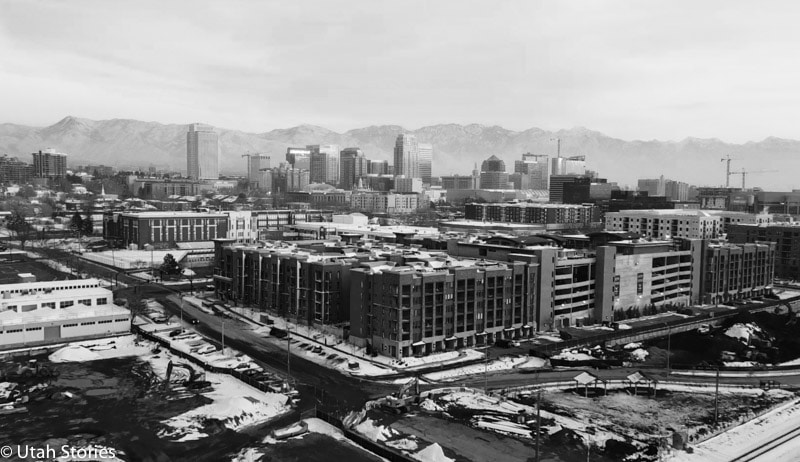
What Can the State or City do to Alleviate Homelessness?
A report was recently released (in November of 2021 by the Utah State Auditor’s Office). The report details what it has found to be some of the reasons why despite massive spending increases the homeless population only continues to increase.
Currently, the major issues associated with the homeless epidemic are a lack of accountability of money being spent through NGOs from City, State, and Federal agencies. The spending has increased by more than 600% since 2016 on homeless services. Utah State taxpayers are on the hook for the majority of these increases. Since that time, there have not been additional measures to track the outcomes and objectives of the NGOs that operate our homeless shelters and services.

What the report reveals is the startling statistics: the chronic homeless population has increased by 250% since 2016, while spending on these individuals keeps increasing. Currently, $525 million is needed to provide housing for the chronic homeless who are getting free or heavily subsidized housing. According to the state auditor’s report, 90% of the recipients of long-term housing assistance have remained in the free housing programs. Furthermore, there are currently no performance measures to create self-sufficiency among this growing population and there are also no performance measures of the effectiveness of the Housing First model.
The report also outlines that there are not adequate measures of the homeless subpopulations including veterans, victims of domestic abuse, teens and chronic homeless individuals, drug addicts, and those suffering from mental disorders.
Without tracking homeless individuals by subpopulations it is incredibly difficult to ascertain what programs are working and which are failing. But the state has been pointing this lack of accountability out since 2004, they asked again in 2018 for better “benchmarks and outcome measures.” and it’s clear that the city services providers simply are failing to provide this data.

hWhy Are Homeless Resource Services not Providing Data to State Leaders?
Homeless agencies such as Shelter the Homeless and the Road Home say that they don’t provide better accountability and performance metrics because they believe homeless individuals should not be tracked on an individual case level.
They believe that tracking individuals and the building a database of the services they are receiving as well as the afflictions from which they are suffering is an invasion of privacy, even if this database is maintained on a completely private server without linking to individual SS#s or medical records. So while the city NGOs and homeless services find themselves overwhelmed asking for increasing amounts of money, the State leaders have little sympathy because there are so few measures tracking effectiveness.
The most basic adage when it comes to effective business operations is “you can’t manage what you don’t measure.” Homeless services and the millions of dollars being spent without proper accountability is clearly demonstrating that the homeless agencies are failing to measure their own work and both the homeless population and taxpayers are the losers due to this. For this reason, the state has appointed a non-elected leader to oversee and manage homeless spending. This man is the former Utah Senate President, Wayne Niederhauser, who is also an area developer.
WATCH THE VIDEO





